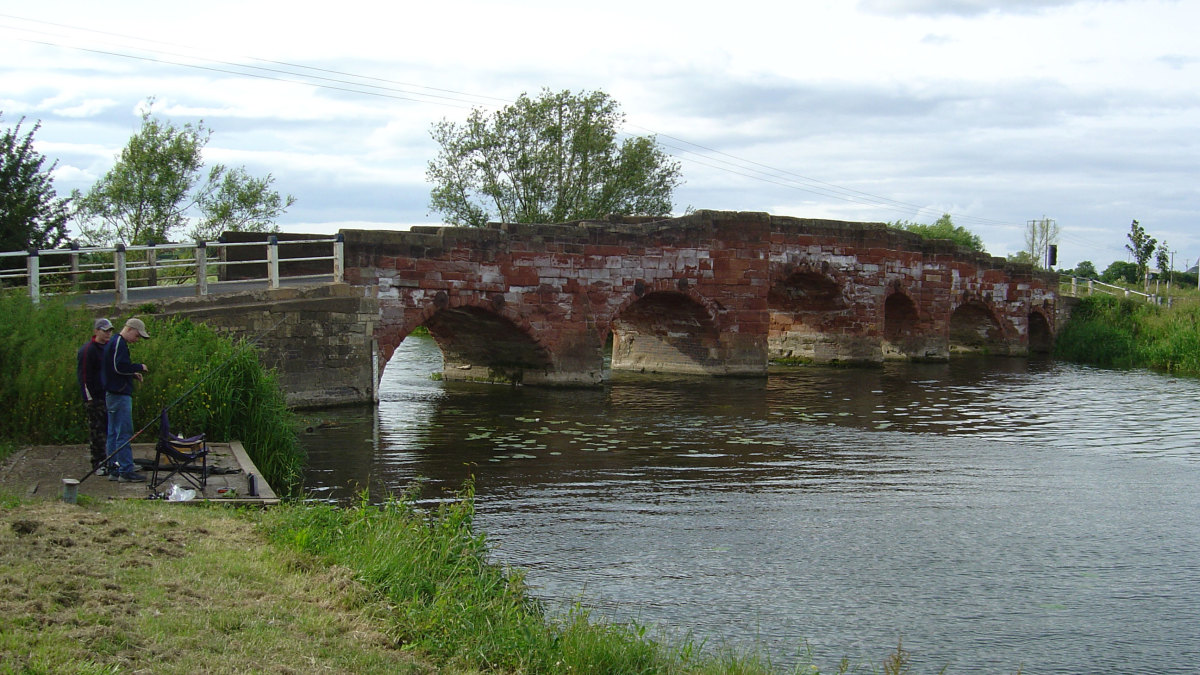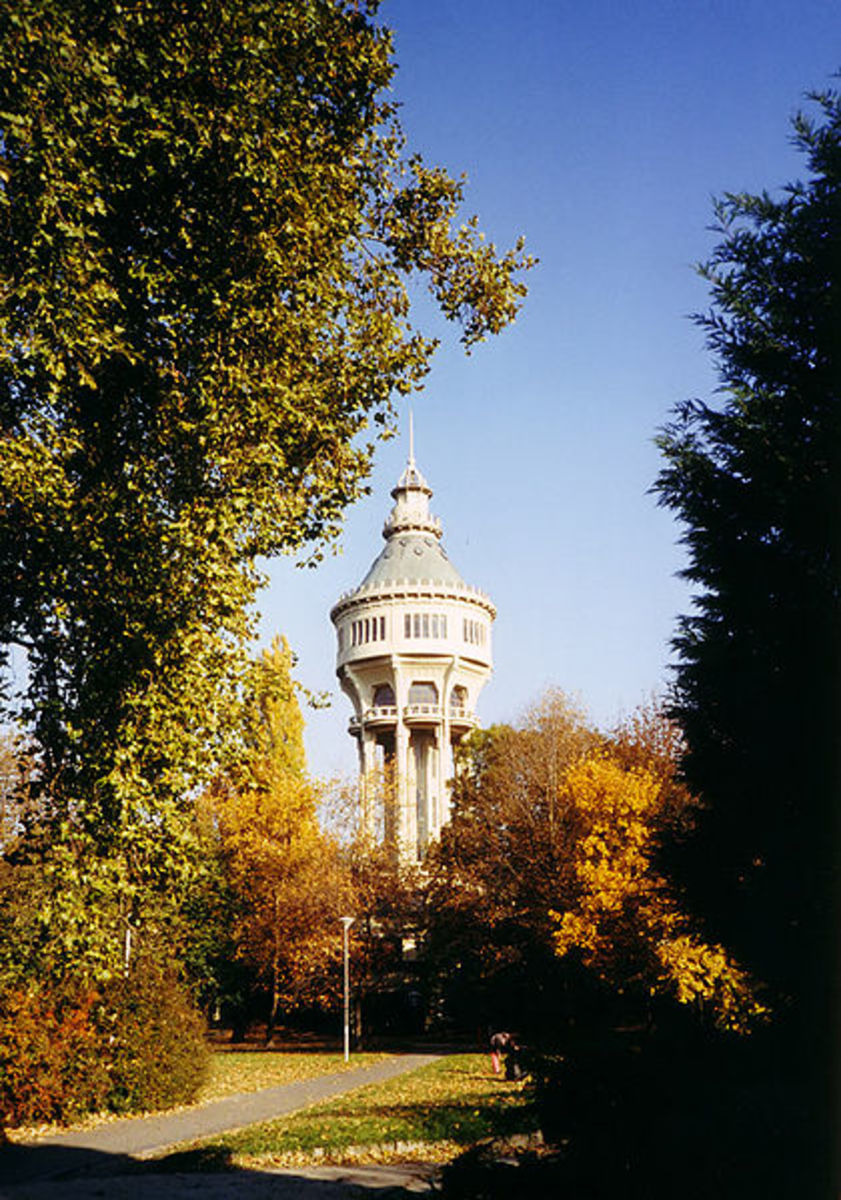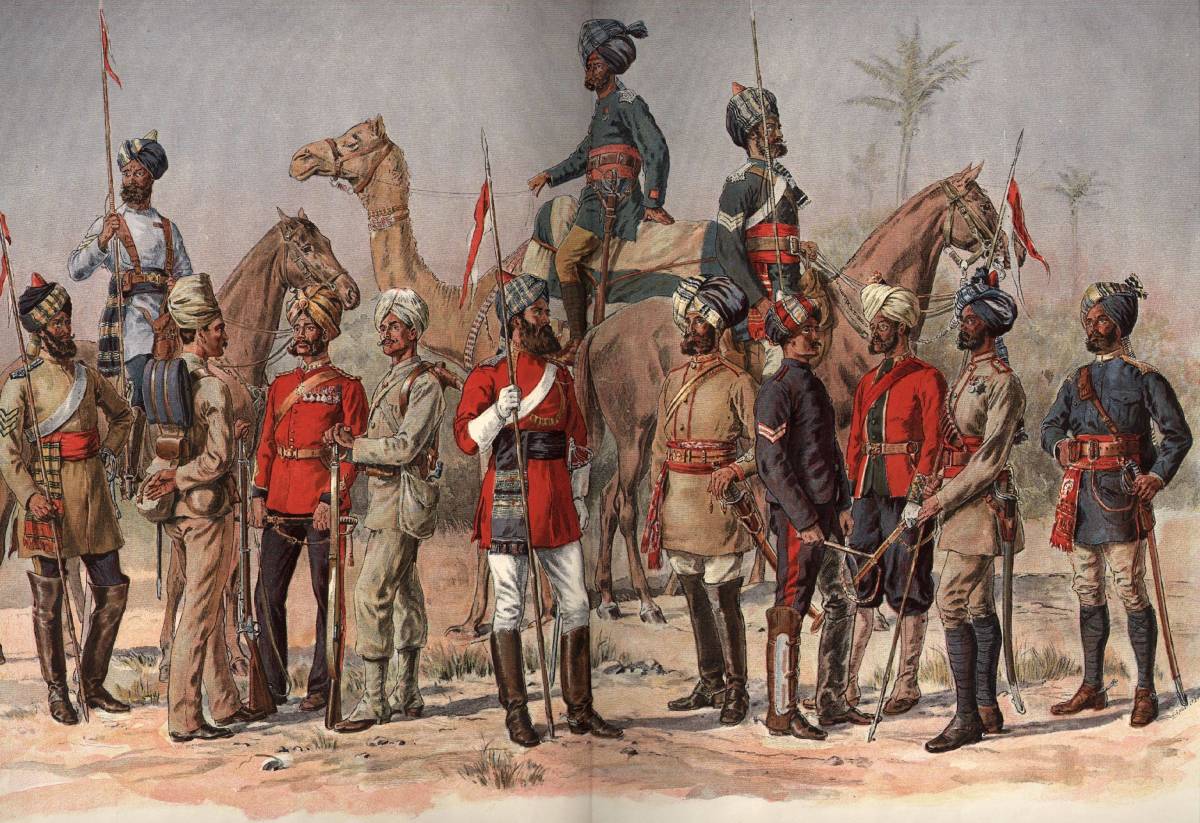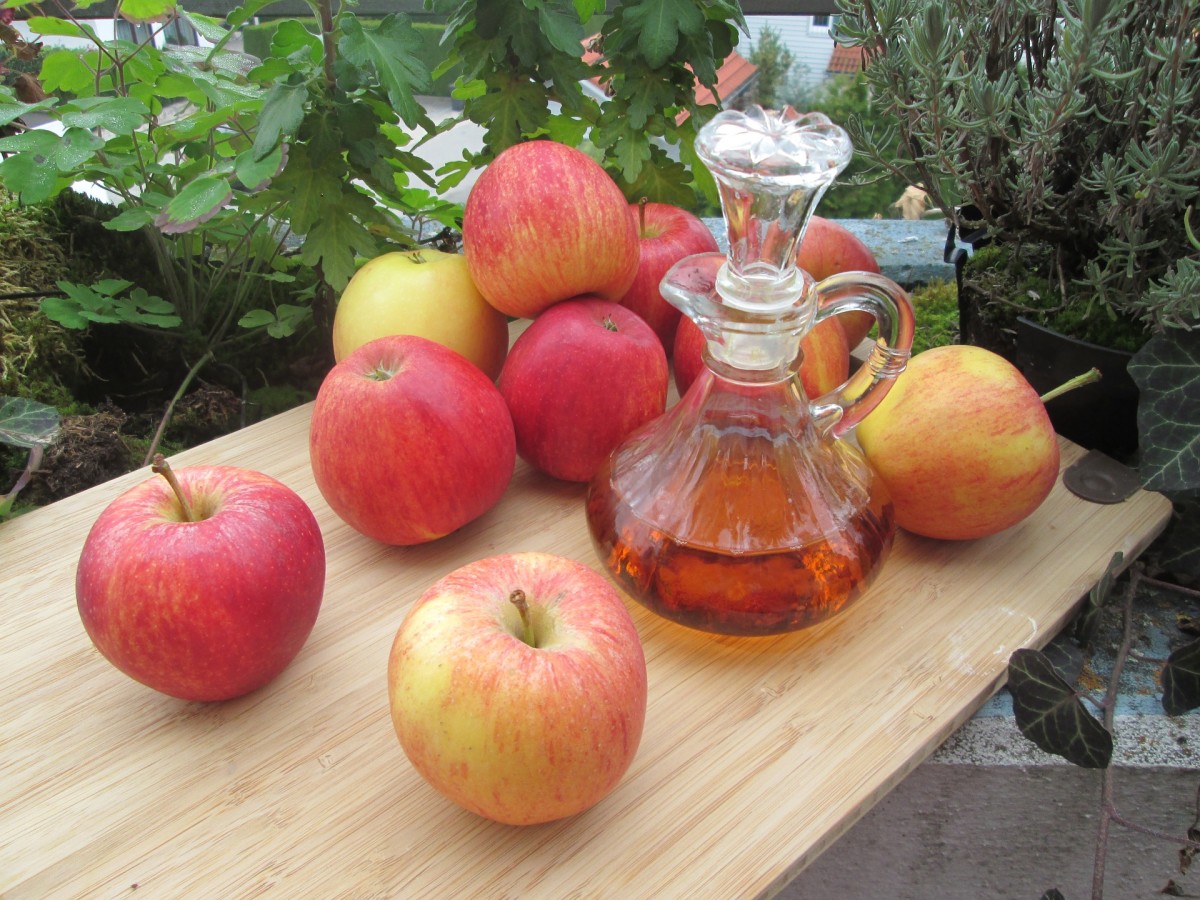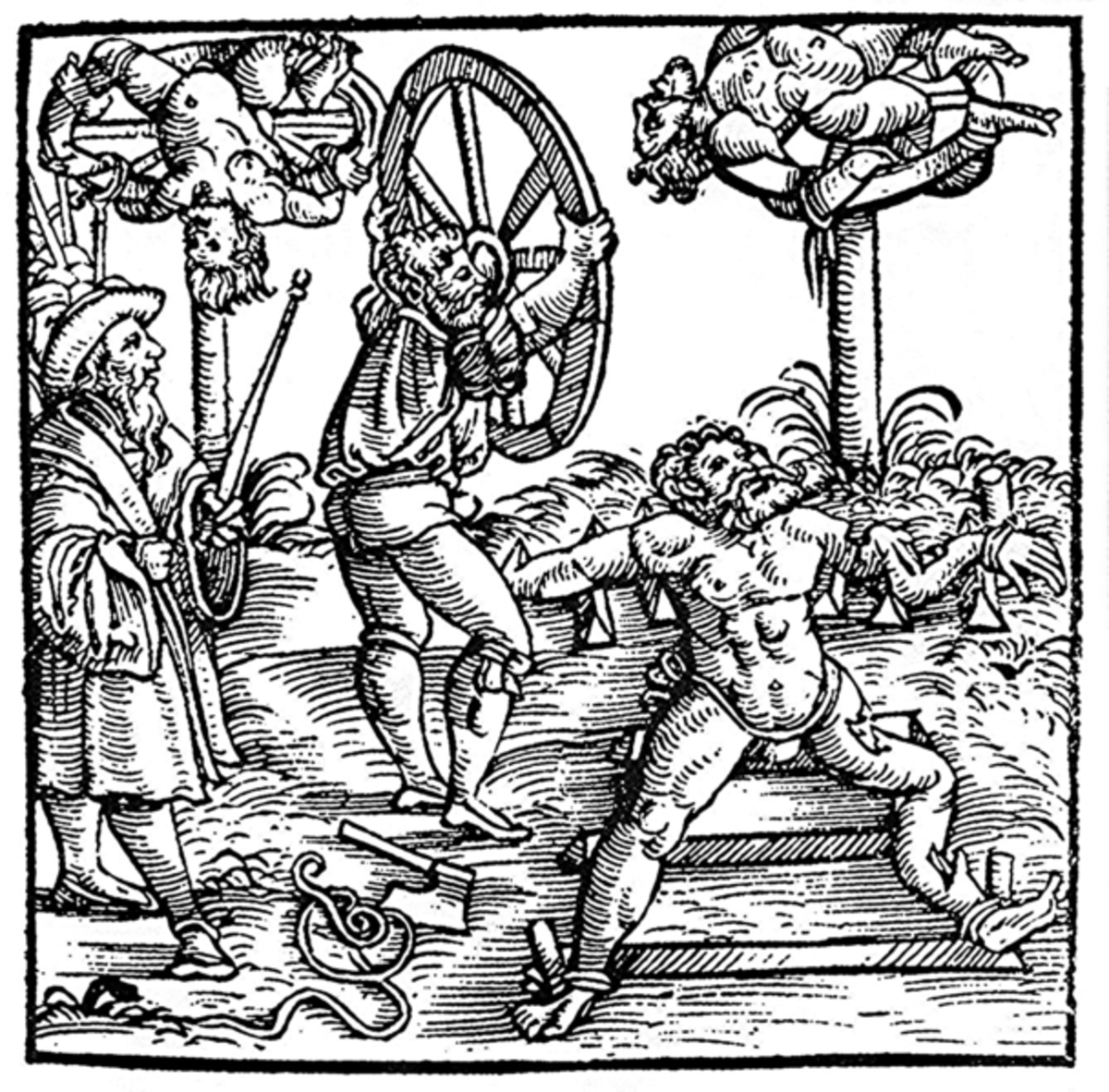History of Cambridge, UK
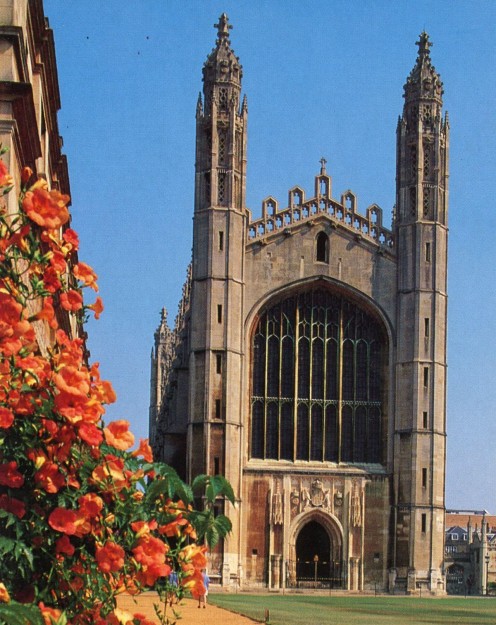
When you think of Cambridge, a university is probably the first thing that comes to mind. That's understandable, because Cambridge, UK, is today known mainly for its college atmosphere. Historically, the city was much more than just a university town. From its ancient origins, to the Roman occupation of the region, through the years of development all the way until the modern era, Cambridge has a rich history.
Ancient Times and Castle Hill
Cambridge has been the site of human occupation since pre-historic times. Archaeologists have uncovered several sites that indicate the settlement of humans in and around the Cambridge area as early as 3500 B.C. An important landmark of the area, and a probable cause of human settlement in the area is known today as Castle Hill. The hill itself is a convenient spot from which to ford the river that dissects the area as well as an easily defensible position. Understandably, the evidence of ancient occupation is somewhat scant, and we know only that the Cambridge area was occupied before the Roman occupation.
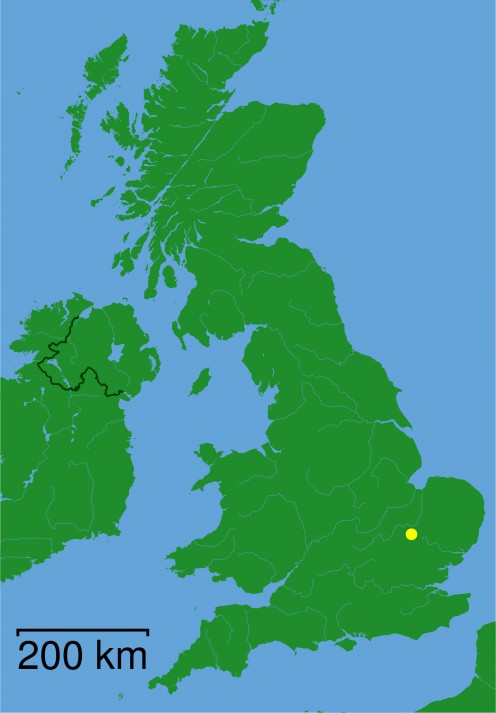
Cambridge During Roman Britain
As Rome occupied Britain in 43, Cambridge sprang up in earnest as a town. Some evidence of settlement from the Roman era has been discovered, but the lack of any military artifacts lead us to believe that the town was simply a civilian settlement, though a fort may have been established in close proximity to the city. A 2nd-century reference does identify the Latin name of the city as having been Duroliponte, which means "the fort at the bridge." The bridge being referred to was probably built across the River Cam, the major river that has played an integral part in the history of Cambridge. When Rome abandoned Britain early in the 5th century, it appears that the settlement declined rapidly, and several hundred years expired before evidence of a new occupant appears.

The Danes Establish a Veritable City
After Rome had fled Britain, the Saxons and Danes who overran the island were the first to reestablish a city at the site of modern Cambridge. The Saxon name for the city was Grantabycge, a term that literally meant "bridge over the river Granta." In time, however, the river came to be known as the Cam, to which the English word bridge was affixed; the result, Cambridge.
Throughout the 9th and 10th centuries, the city saw a steady growth resultant from its location and the Viking proclivity for trade. The Vikings and the Saxons vied for power during this period, but the city itself saw positive growth under the control of both peoples. The city became the site of a mint, and any city with a mint was set to become an established trade center. Where the city center had previously been Castle Hill, the growth of trade shifted the center of the city to the riverbank district known as the Quayside.
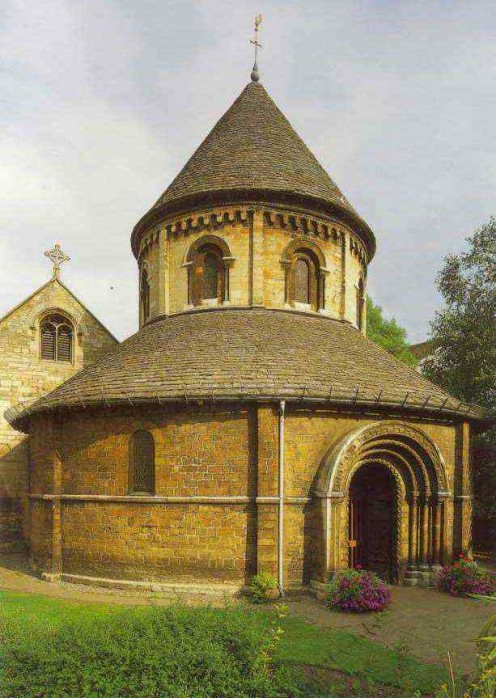
The Beginnings of Medieval Cambridge
Cambridge quickly fell under Norman control following the invasion of William the Conqueror in 1066. Within two years of the Battle of Hastings, William had begun to build a castle on Castle Hill. Another landmark of the period can be seen in the Church of the Holy Sepulchre, one of four medieval British round churches that are still in use today. Early in the 12th century, Henry I granted the town of Cambridge a charter, another factor that helped cement the town as a trade center.
A College is Founded
The original scholars who established the first college in Cambridge were actually fleeing from hostile townsfolk in Oxford. The scholars found a home in Cambridge around the year 1209, and within two decades, the college had an established hierarchy of teachers and administrative officers. Eight hundred years ago, the average age for a college student was 15, and we all know how teenagers are when it comes to studying. Some tension grew as a result of the college's growth in Cambridge, but King Henry III took it upon himself to protect the college's position within the town of Cambridge.
The University of Cambridge is divided into several constituent colleges, each in different locations and serving different purposes. The oldest of these colleges that still survives in Cambridge is Peterhouse. The college at Peterhouse was first established in 1284, and as such has grown to encompass a unique conglomeration of buildings over the centuries.
The Black Death Visits Cambridge
Cambridge would not be immune to the plague that ravaged Europe in the 14th century. Few records survive to be able to accurately surmise the percentage of the population that died as a result of the plague, but if mortality rates from surrounding areas are similar, then Cambridge suffered a severe blow.
As a result of the high death rates during the plague outbreaks, trained scholars were scarce in the decades to follow. The clergy were especially vulnerable to the plague and suffered most as a result. In the decades following the Black Death, four colleges were established to train new clergy, an evidence of the toll which the plague exacted.
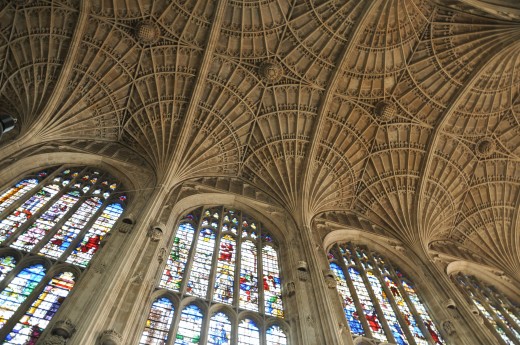
King's College Chapel
One of the most iconic buildings of Cambridge remains the King's College Chapel. Construction of the chapel was begun under the direction of King Henry VI in 1441. Building continued over a long period under the guidance of several monarchs and architects, and was finally completed in 1515 under the direction of King Henry VIII.
The chapel is a stunning example of Gothic English Architecture, and is considered by many to be the symbol of Cambridge. It contains the world's largest fan vault and some of the greatest examples of stained glass that can be found for the era of the early 16th century.
18th Century Cambridge
By the 18th century, Cambridge had grown into a fair sized English town. It didn't quite qualify as a large town, nor was it considered small. The mutually beneficial relationship of the tradesmen and the colleges had served to establish the town and grow it at a gradual pace over the preceding centuries. English author Daniel Defoe commented that in the early 18th century, the tradesmen "may be said to get their bread by the colleges," and that the townspeople submitted to the existence of the colleges, because of the economic benefit they brought about.
As a result of the town's increasingly established base, many institutions and services were first begun in the 18th century. The first newspaper was established, the first bank opened, and a parliamentary act formed a group called the Improvement Commissioners in 1788. The Improvement Commissioners were commissioned with improving the city's streets, sanitation and lighting. A fitting name for them then!
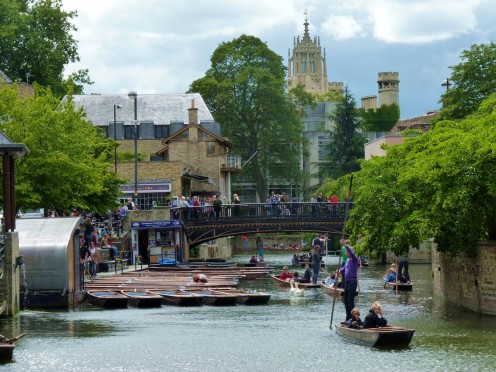
Cambridge in the 19th Century
As the page turned into the 19th century, Cambridge began a rapid growth that would push it over into the "large town" category. The first arrival of the railroad, in 1845, connected Cambridge's trade with London, proving a huge boon to the Cambridge trade and manufacturing industries. The Industrial Revolution combined with the Inclosure Acts allowed the city to expand its limits, while at the same time increasing industrial production. The combination of these developments served to increase the population of the city by almost fourfold; the estimated population in 1801 was around 10,000, where the population in 1901 had grown to 40,000.
An interesting side note to the history of Cambridge involves the establishment of the modern rules for the game of football (soccer if you're American). In 1848, members of the University of Cambridge were the first to write a set of rules for the game. Known as the Cambridge Rules, this version of football rules was a foundational part of the later rules that became the accepted norm in Association Football, rules that were the original basis for football as it is played today.
Cambridge into the 20th Century
The expansions of the preceding century carried over into the 20th century, where Cambridge saw still more increases in industry. During the early part of the 20th century, Cambridge found itself at the center of the war efforts. It was used as a training center for the R.A.F. and as a the regional headquarters for several surrounding counties. Luckily, the city escaped much of the air raids during WWII, as they were pointed more at the railroads outside the city.
Cambridge was granted a city charter in 1951, allowing it to become officially recognized as a city even though it does not contain a cathedral. Its historical, economic and industrial importance were seen as factors in the decision to grant Cambridge a city charter. Throughout the remainder of the 20th century, Cambridge continued to expand its industrial production as it became the hub for the production of various electronics components as well as surgical and scientific equipment.

What do you feel is the most recognizable icon of Cambridge?
Cambridge Today
As a result of its historical landmarks, Cambridge has also seen the growth of tourism within recent years. A popular tourist destination can be found in the King's Parade, a street in central Cambridge that runs between the King's College Chapel, the Senate House and the Church of Great Saint Mary's.
As of 2010, the population of Cambridge was estimated to sit right around 125,000, with almost one-fifth of that number being students at the city's various colleges. Undoubtedly, the city has reaped the benefit of its growth in industry and trade, and the mutually beneficial relationship of the industries and the colleges has contributed to the large degree of growth in Cambridge.

